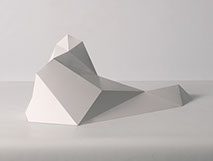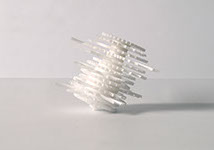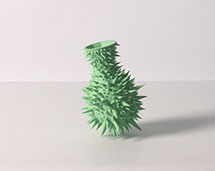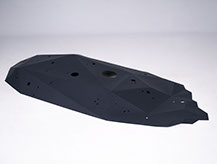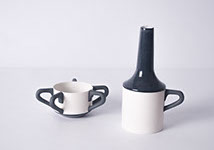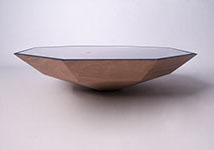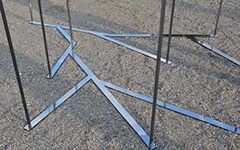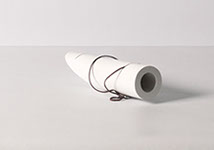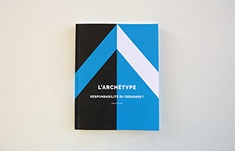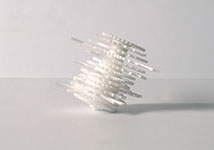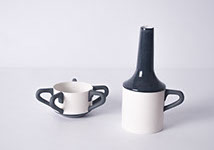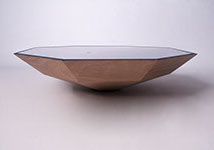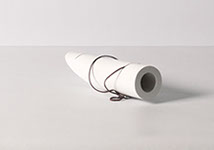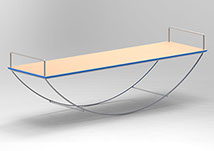Louise GARNIER
About
Contact
FUNKTIONSPENDER
Comment différencier le vase à fleurs d’autres contenants? Qu’est ce qui fait la reconnaissance d’un objet ?
Ici j’ai créé deux cylindres de porcelaine blanche. Puis je leur ai adjoint des « indicateurs de fonction » (en noir et gris). L'anse indique plutôt une tasse, le pied bombé plutôt un bol, le pied plat, plutôt un verre et le col indique plutôt un vase. Mais qu’est ce qui fait réellement qu’un mug ne puisse pas être un vase ? Et que devient un objet avec un col de vase et une anse ?
Chacun comprend ces objets selon l'indicateur de fonction qui est le plus fort pour lui. Une perturbation entre en jeu quand les indicateurs indiquent deux objets différents. Les moules pour créer ces porcelaines sont combinatoires, ces objets, ne sont donc pas modifiables, on doit faire avec, se forcer à les comprendre.
How to differentiate the flower vase from other containers? What makes the recognition of an object? These questions have led me to create these containers, all made of white porcelain cylinders of which I associate "function indicators" (black and gray). The cove indicates a cup, domed foot indicates a bowl, flat feet indicates a glass and collar indicates a vase. But what makes a mug can’t be a vase? And what becomes an object with the collar of a vase and with a handle? Each understand these objects depending on which function indicator is stronger for him. A disturbance is created when the indicators are contradictory. Molds to create these porcelains are combinatorial, these porcelains are not modifiable, we have to do with them, force ourselves to understand.







© 2015 by Louise Garnier. All rights reserved.
